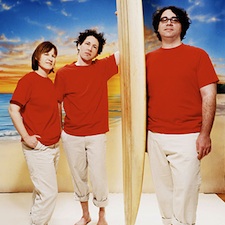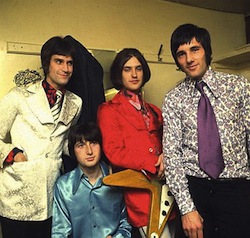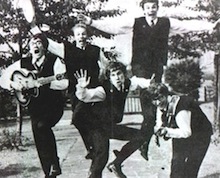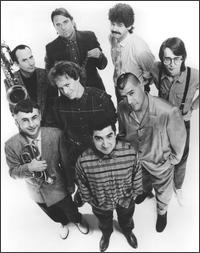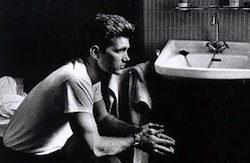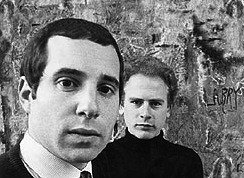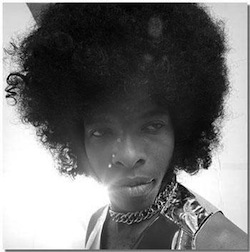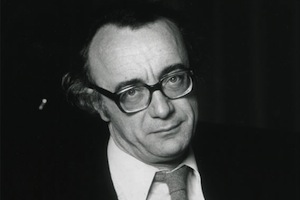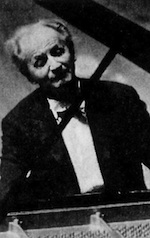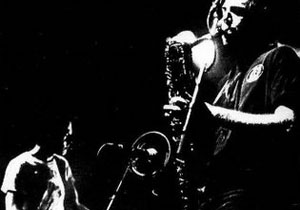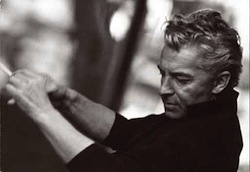Tonight’s grabs were a couple of discs by ‘The The’ and a few from ‘Yo La Tengo’. ‘Dusk’ and ‘Hanky Panky’ were both released in the early / mid 90s. Matt Johnson (the only constant member of The The) puts a group together, makes a record and may do a tour. Dusk’s most notable contributor was, by far, major contributor Johnny Marr. And like just about anything Johnny Marr touches (The Smiths, The Pretenders, Modest Mouse) the album was golden. I still remember getting to work at the Tower on Sunrise early on morning to hear the ‘Dogs of Lust’ blasting on the stereo. The harmonica opening leading to a great heavy bass riff caught my attention pretty quickly, and I was listening to ‘Slow Emotion Replay’ on my car stereo on the way home that afternoon. While Johnny Marr wasn’t on the next album (Hanky Panky) his sound lingered a bit with the group. ‘Hanky Panky’ was an entire album of Hank Williams songs. What I liked most about the album was the sound it created. Like most good covers the songs don’t sound like Hank Williams, but like The The taking the poetry and lonesome feel and creating a The The record.
Along similar lines is the CD single Yo La Tengo released of multiple versions of Sun Ra’s ‘Nuclear War’. It was the groups first Top 10 single. The versions are all pretty much brilliant, starting with just the group singing with drums (though there is some bleed through from the second tracks tapes … if you play it that loudly you can hear it, and yes, I have played it that loudly), where version 2 features a chorus of kids singing the backing parts. Version 3 features an extended jazz jam that is simply phenomenal. To read about how this single (perhaps the most profane disc I own) became such a sensation, it really is best to just read it from Yo La Tengo themselves:
http://www.yolatengo.com/billboard.html
That same year also saw the release of ‘The Sounds of the Sounds of Silence’ which is an instrumental soundtrack based on performances by Yo La Tengo over film viewings of Painleve films. Painleve’s films are French documentaries about sea life, many filmed under water. The music is stunningly beautiful and it became even more so when I finally was able to pick up Criterion’s release of these films with Yo La Tengo playing over them (different versions of the songs even!!!). Tamiko, me and our friend Bryn watched the films a few months ago and were blown away by the marriage of film and sound. Between these two discs alone, I think 2002 may have been Yo La Tengo’s most creative year. These followed up ‘And Then Nothing Turned Itself Inside Out’, a moody, mostly quiet album. Except for possibly my favorite Yo La Tengo song ‘Cherry Chapstick’ which can get me going whenever nothing else will. But the last track ‘Night Falls on Hoboken’ is probably my favorite tracks on the album… a 17 minute instrumental mood piece that makes me feel floaty. It reminds me of ‘Green Arrow’ (from 1997’s ‘I Can Hear The Heart Beating As One’ – the best album of the 90s in my opinion). And it definitely looks ahead to ‘The Sounds of the Sounds of Silence’.
Yo La Tengo is one of the few bands that I eagerly await new releases from, and will buy them the day they come out. Yo La Tengo is one of my favorite bands. Ever.


